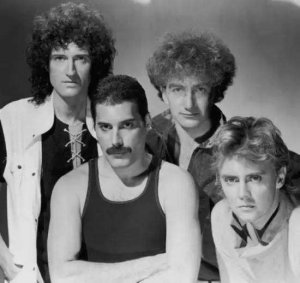Progressive Rock’s Birth and Its Impact on Piano Music Learning
Progressive rock is notoriously difficult to define. While its origins lie in psychedelic rock, the genre evolved into something more ambitious and refined. It’s not only about sound but also about structure and concept. Both psychedelic and progressive rock embrace experimentation, but progressive rock leans toward complexity, clarity, and technical sophistication. It often draws heavily from classical music, combining rock instrumentation with orchestral grandeur.
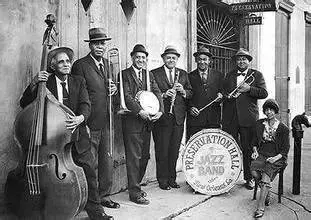
In the context of piano music learning, progressive rock offers an exciting avenue for students to explore genre fusion, where modern rhythm meets the intricacies of classical music composer influences. This genre doesn’t just entertain—it educates, inspires, and expands the boundaries of what rock can be.
From Simplicity to Complexity
Historically, rock music was seen as entertainment for the masses—loud, catchy, and culturally disruptive. Before Bob Dylan revolutionized songwriting, most rock lyrics were simplistic, and many artists were self-taught. However, a new wave of musicians sought to elevate rock music through more advanced technique, harmony, and lyrical depth.

These pioneers began infusing rock with concepts from literature, philosophy, and, most notably, classical music. Though often labeled differently (art rock, experimental rock), their aim was consistent: to innovate. For those pursuing piano music learning, this intersection of genres is an ideal case study for exploring how form and harmony evolve across eras.
The Beginning
This movement took root in Canterbury, Kent, England, during the early 1960s. Wilde Flowers was formed in 1964, followed by Soft Machine in 1966. Musicians like Didier Malherbe (Gong) described the style as featuring dissonant intervals, unusual chord progressions, and improvisation unlike jazz.
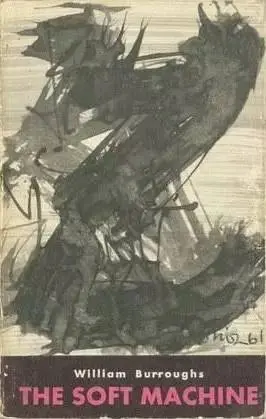
Soft Machine’s early demo, although recorded in 1967, wouldn’t see official release until 1971—but it reflected the band’s fusion of jazz and classical music elements, marking a shift in what rock music could be.
1967
This year marked a pivotal point. Pink Floyd released The Piper at the Gates of Dawn, which, while psychedelic in name, carried a more structured and nuanced tone. Meanwhile, The Moody Blues' Days of Future Passed blended orchestral passages with rock rhythm, making it a landmark in merging classical music with modern sound.
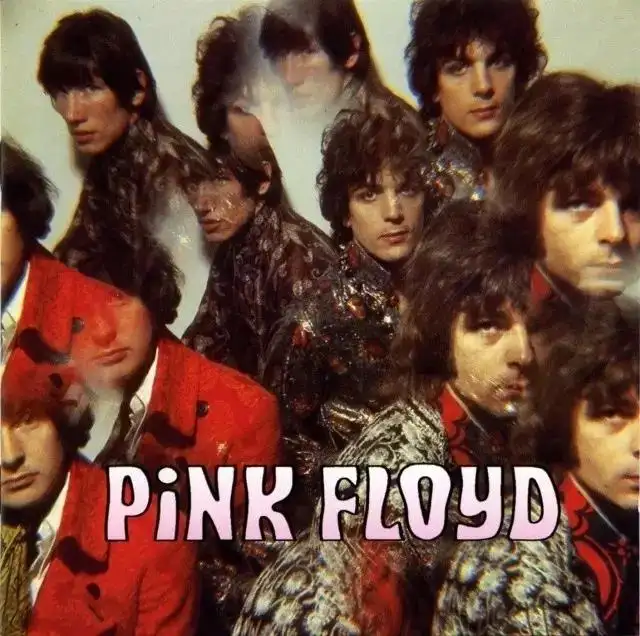
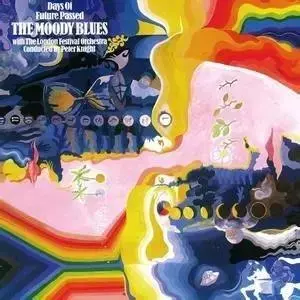
The Nice released The Thoughts of Emerlist Davjack, widely considered the first full progressive rock album. Procol Harum's A Whiter Shade of Pale, based on a melody from Bach, became a cultural anthem and introduced millions to the potential of combining classical music composer influence with pop-rock accessibility.
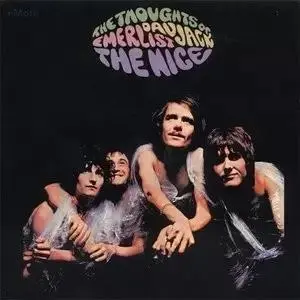
Rise of the Progressive Rock Bands
1967 also saw the emergence of Genesis, Van der Graaf Generator, Jethro Tull, and Aphrodite’s Child. The latter’s keyboardist, Vangelis, became a legend in electronic music and is often dubbed the “Tchaikovsky of electronic music.”
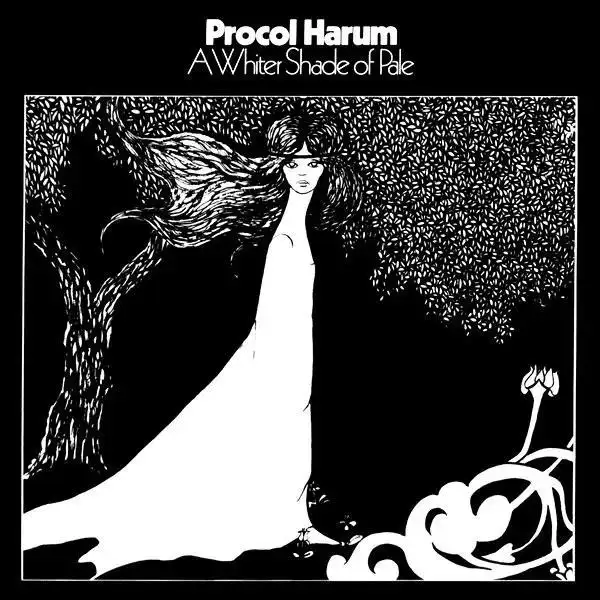
1968
Soft Machine toured with Jimi Hendrix and released their debut album blending psychedelic elements with jazz improvisation. They disbanded shortly afterward due to creative differences, paving the way for Gong—formed by Daevid Allen and Gilli Smyth.

Caravan debuted their self-titled album, and Jethro Tull released This Was, a bluesy record that nonetheless hinted at their future in progressive territory. Soft Machine continued to innovate despite their fractured lineup.

1969
This year was a breakthrough for progressive rock. Aphrodite’s Child released End of the World, with their hit “Rain and Tears” drawing from Pachelbel’s Canon—a staple piece in many piano music learning programs. Genesis released From Genesis to Revelation, while The Moody Blues added On the Threshold of a Dream and To Our Children's Children's Children to their discography.

Jethro Tull’s Stand Up gained critical acclaim, and Yes released their self-titled debut, introducing complex arrangements and polished musicianship.

King Crimson's In the Court of the Crimson King is considered by many the first “fully formed” progressive rock album. Its orchestration and thematic depth transformed rock music from pop culture to a serious art form, much like what great classical music composers achieved centuries earlier.
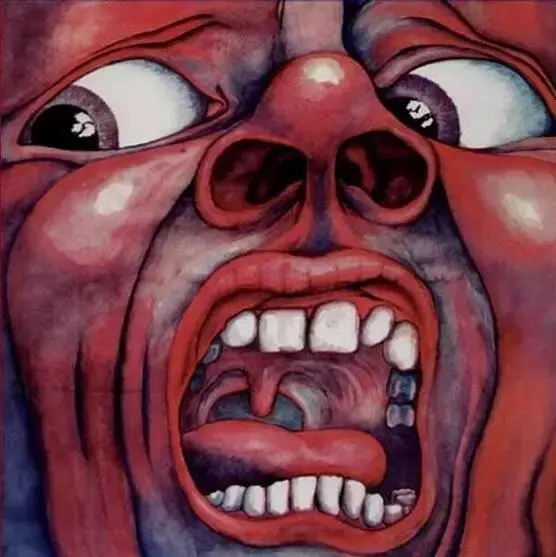
1970
By now, progressive rock had gained artistic credibility. The Moody Blues returned with A Question of Balance, blending soft harmonies and subtle orchestration.
Van der Graaf Generator released The Least We Can Do Is Wave to Each Other, while Curved Air released Air Conditioning, mixing classical music, folk, and electronics—with a female lead vocalist, a rarity at the time.
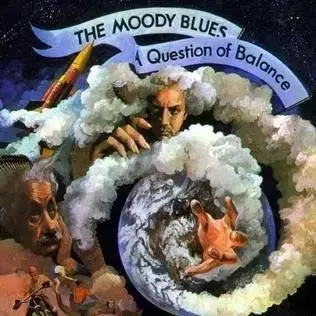
The supergroup Emerson, Lake & Palmer released their debut album, which showcased each member’s virtuosity. Though assembled from individual works, the album established the band’s signature symphonic rock style.

Epilogue
As the 1970s progressed, progressive rock matured. Psychedelic rock faded, and progressive rock took its place as the most ambitious form of modern music. With its foundation in classical music, its incorporation of jazz structures, and its experimentation with electronic textures, the genre became a laboratory for artistic exploration.
For students engaged in piano music learning, progressive rock is a rich resource. The genre’s complexity challenges both theory and technique. And for those eager to practice, analyze, or perform its core pieces, SheetMusicGo offers a growing collection of free sheet music from influential progressive works. Explore the world where Bach meets synthesizers—your keyboard is the perfect bridge between the past and future.
FAQs
1. Can progressive rock pieces help with piano technique?
Absolutely. Many progressive rock works involve rhythmic complexity and harmonic layering, making them ideal for advanced piano music learning.
2. Where can I find sheet music that blends classical and rock elements?
You can explore free sheet music at SheetMusicGo, where many crossover pieces and works by progressive bands influenced by classical music composers are available.
3. Why is progressive rock important in classical music education?
Progressive rock connects modern genres to classical music, helping students understand how harmonic structure, orchestration, and formal development evolve over time. It also introduces contemporary applications of ideas pioneered by classical music composers.
